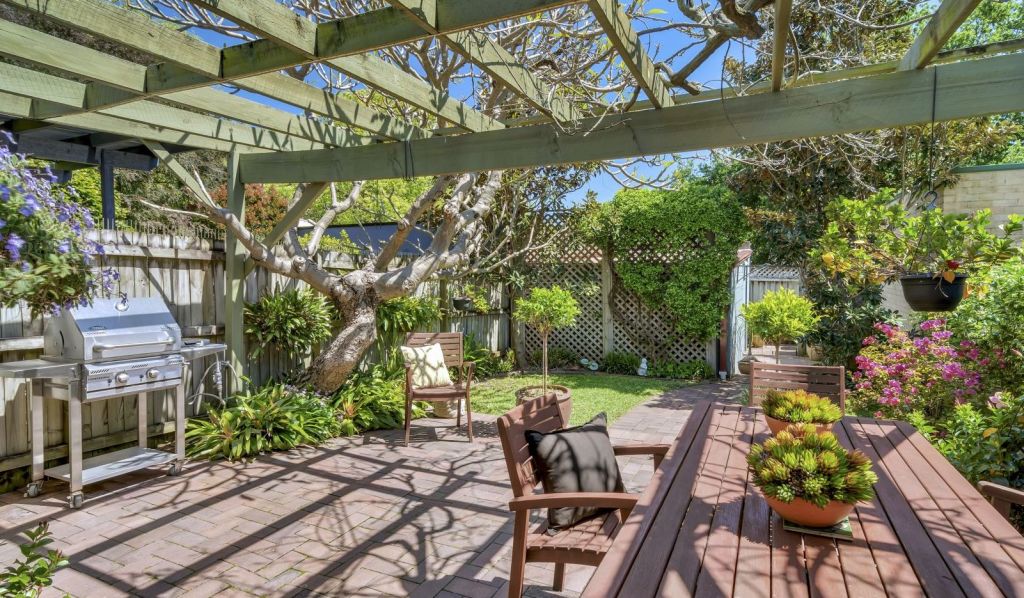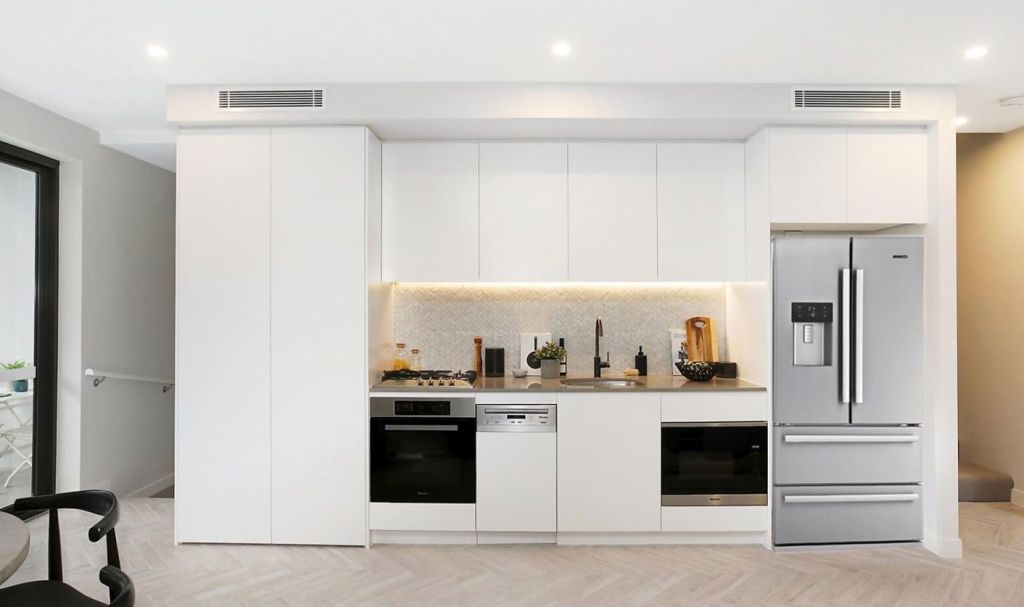What you can and can’t take with you when selling your home
You’ve sold your house and the removalists are booked but before you start packing, it’s important to know what you legally can and can’t take with you.
Lawyer Elizabeth Espinosa, Commissioner, Land and Environment Court of NSW, says unless the contract specifically says otherwise, the property is sold “in the state it’s found”.
“That means any fixtures are automatically included,” she says. “A fixture is anything that can’t easily be taken away without doing damage to the property. For instance, stoves are usually fixtures because they’re wired in, whereas fridges aren’t because they only need to be unplugged.”
Espinosa says there are occasions when what constitutes a fixture isn’t so clear-cut, and she gives the examples of removable floor coverings or an above-ground pool.
“Where anything is in doubt, it should be expressly included in the contract for sale,” she advises.
Thinking of selling?

Solicitor Kristy Fletcher of LEAD Conveyancing in Queensland says a definition from the courts can simplify things: if you could turn the house upside down, everything that falls out is a chattel – a moveable item not generally left with the property – and everything that stays in is a fixture.
“If it’s physically attached to the building it’s expected to stay,” she says. “So if you’ve got a beautiful chandelier in the dining room and you want to take it with you, you need to put that in your contract for sale.”
In fact, there is no limit to what you can take with you provided you either remove it from your home before you list, or detail it in your contract as an exclusion, says Fletcher.
Decide before listing
Agent Joh Graney of Adelaide’s McGrath Real Estate Group says it’s important to be prepared before you go on the market.
“Tell the agent what you want to keep then have a discussion about whether to leave it or take it with you,” she says.
Graney says it’s best if the property photos you use in your marketing campaign don’t highlight fixtures you plan to remove.
“Your photos will show what was there and what wasn’t, so if there’s a dispute, they could be used in the buyer’s favour,” she says. “My advice is don’t show it to buyers if you’re not going to leave it there.”

Graney recalls a purchase falling through when her buyer and seller argued over a swing set, and another occasion when a vendor removed his moss-covered rocks from the garden and was forced to bring them back.
Fletcher tells the story of a dispute over some giant palm trees that a vendor had removed from the driveway of a multi-million-dollar property after it sold.
“The buyer was very upset and was claiming that each palm tree was worth a couple of thousand dollars,” she says.
Fletcher says if a vendor removes a fixture not excluded in the contract, they will be expected to return that fixture to the house before settlement or a claim for damages may be made by the buyer. This could result in negotiations to reduce the contract selling price.
Grey areas
Fletcher and Graney agree that dishwashers tend to cause the most headaches, as they fall into a grey area between fixtures and chattels, so best practice is to list the dishwasher in your contract as either an inclusion or exclusion depending on your personal circumstances.
It’s not uncommon for vendors to want to take curtains and distinctive light fittings with them so, again, these need to be excluded in the contract.

Fletcher says she has seen contracts where vendors have chosen to take sheds, in-ground plants and a plumbed-in fountain post-sale.
On the flip side, if you want to leave chattels behind, you’ll need to detail these in your contract as an inclusion. Examples might include a workbench in the garage, your pool equipment, heavy pot plants or a cubby house.
Boost your bargaining power
Graney says it can sometimes be to your advantage to offer items that suit your house particularly well to the buyer at the negotiation stage. You can use them as a bargaining tool or sell them for an agreed price.
“This might include custom-made curtains, a large side-by-side refrigerator that may not fit in your new kitchen, large floor rugs that suit the colour scheme and large potted plants that may be difficult to move,” she says.

What you can’t take when selling your home
Graney says the following items typically can’t be taken with you:
- fixed floor coverings (but not rugs)
- window coverings that are fixed, such as blinds
- curtain rods (but not curtains, unless specified in the contract)
- all wired-in light fittings
- built-in dishwashers (if free-standing, specify in contract)
- oven, rangehood and cooktop
- ceiling fans
- wired-in airconditioning and security systems
- smoke detectors
- wall or ceiling-mounted brackets for televisions and speakers
- built-in bookshelves and benches
- plumbed-in garden sprinkler systems
- pool and spa heating and filtration systems (but not unattached equipment).
What you can take when selling your home
Graney says the following items are typically taken by the vendor after sale:
- fridges
- freezers
- microwave ovens
- washing machines
- clothes driers (if wall-mounted, brackets must remain)
- outdoor furniture and garden art, unless secured to the ground
- potted plants.
Thinking of selling? Read Domain’s Ultimate Guide To Selling Your Home to find out everything you need to know.
We recommend
We thought you might like
States
Capital Cities
Capital Cities - Rentals
Popular Areas
Allhomes
More










